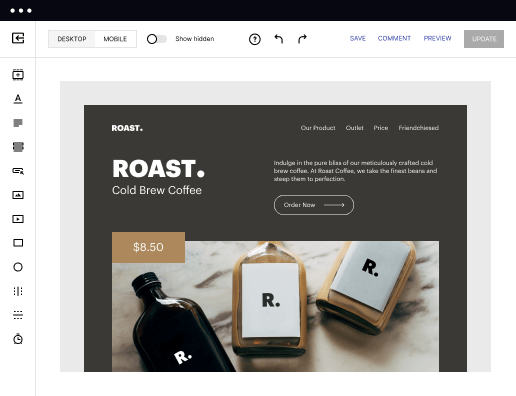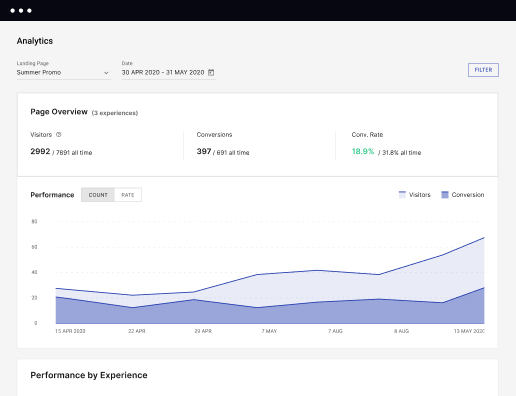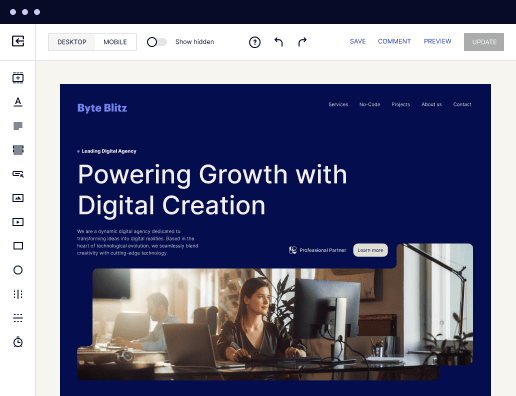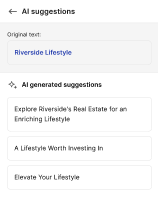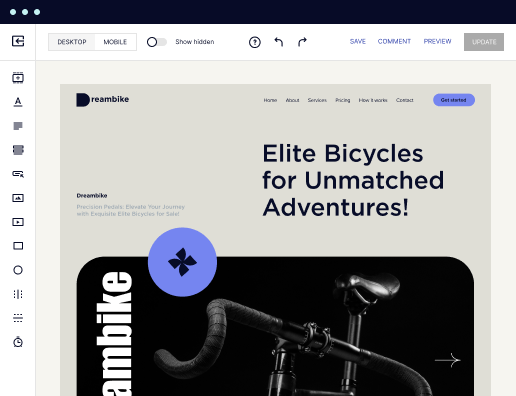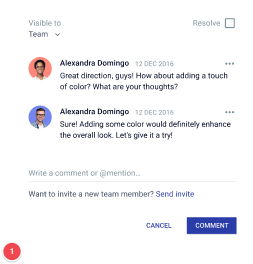Make a high-performance 500 internal server error page optimized for SeaMonkey
Utilize Instapage to reduce costs, enhance conversions, and deliver tailored experiences in SeaMonkey.
Create your 500 internal server error page in SeaMonkey
Creating an effective 500 internal server error page in SeaMonkey can enhance user experience while providing important context to visitors. This guide walks you through the process of implementing a user-friendly error page using the powerful Instapage platform, known for its efficient landing page creation tools that help boost conversions and foster brand trust.
Understanding the Importance of a Custom Error Page
A custom 500 internal server error page is crucial for retaining visitors during unexpected downtime. With Instapage, you can easily create responsive landing pages that not only inform users of the error but also guide them to alternative actions. Here are a few reasons why this is valuable:
- Improved User Experience: Custom pages provide clear communication, decreasing frustration for users.
- Brand Consistency: Tailoring your error page maintains your brand's visual identity, which builds trust.
- Conversion Opportunities: Use your error page to redirect users to popular pages or promotions that can recover lost traffic.
Step 1: Setting Up Your Instapage Account
To start creating your 500 internal server error page in SeaMonkey, first sign up for an Instapage account. By utilizing its extensive library of conversion-focused templates and Instablocks, you can quickly design your landing page without the need for coding expertise.
Step 2: Designing Your Error Page
Begin designing your error page with these key considerations:
- Keep Messaging Clear: Clearly state that the server encountered an issue along with an apology for the inconvenience.
- Incorporate Branding: Use your logo and brand colors to align the error page with your overall site design.
- Offer Navigation Options: Include links to other relevant sections of your site or a search bar to help redirect users.
Step 3: Optimizing for Conversions
After designing your page, turn your focus to optimization techniques offered by Instapage. Utilize A/B testing and heatmaps to analyze user interactions with your 500 error page. Adjust your layout and messaging based on real-time data to maximize engagement.
- Run A/B Tests: Compare different messaging or layouts to see which performs better in retaining visitors.
- Use Heatmaps: Identify where users click and how they navigate your custom error page.
- Analytics Integration: Review performance metrics to evaluate and improve your page's effectiveness over time.
In conclusion, crafting a bespoke 500 internal server error page using Instapage can transform potential user frustration into an engaging experience. By enhancing communication and providing alternative navigation, you'll keep your visitors engaged.
Ready to create your customized 500 internal server error page in SeaMonkey? Start your free trial with Instapage today and explore powerful features designed to optimize your landing page experience!
Get more out of Create your 500 internal server error page in SeaMonkey
Improve your Quality Score with quick load technology for landing pages
Increase conversions with content that aligns with your ads and audiences
Achieve maximum ROI by scaling your marketing initiatives
Leading the way in building high-performing landing pages





FAQs
See how to create your 500 internal server error page in seamonkey in action
Ready to skyrocket conversions?
Supercharge your ad campaigns with high-performing landing pages.
Get started


